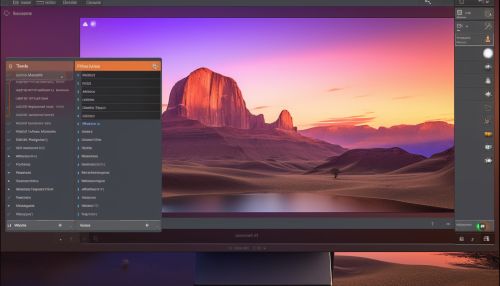X Window System
Overview
The X Window System, also known as X11 or simply X, is a software system and network protocol that provides a basis for graphical user interfaces (GUIs) and rich input device capability for networked computers. It creates a hardware abstraction layer where software can be written to use a generalized set of commands, allowing for device independence and reuse of programs on any computer that implements X.
History
The X Window System was created in 1984 at the Massachusetts Institute of Technology (MIT) by researchers Robert Scheifler, Jim Gettys, and Ron Newman. The goal was to develop a system that would allow for the display of graphics and the interaction with user input devices over a network connection. This was a revolutionary concept at the time, as most computer systems were standalone machines with no network capabilities.
Architecture
The architecture of the X Window System is based on a client-server model. The X server is responsible for interacting with the hardware, such as the display, keyboard, and mouse. The X clients are the applications that the user interacts with. These clients communicate with the server to display their user interface and receive input from the user.
Protocol
The X Window System uses the X protocol to communicate between the X server and X clients. This protocol is network-transparent, which means that the clients can run on a different machine than the server. The X protocol is highly extensible, with many extensions having been added over the years to support new features such as 3D graphics, audio, and video.
Extensions
There are many extensions to the X Window System that provide additional functionality. Some of the most notable include the X Video Extension (Xv), which provides support for hardware-accelerated video playback, and the X Input Extension, which allows for the use of advanced input devices such as graphics tablets and touchscreens.
Implementations
There are several implementations of the X Window System, the most popular of which is the X.Org Server. Other implementations include the XFree86 project, the XQuartz project, and the Cygwin/X project.
Criticisms and Controversies
Despite its widespread use, the X Window System has been the subject of several criticisms. These include its complexity, lack of modern features, and performance issues. In recent years, newer display server protocols such as Wayland and Mir have been developed to address some of these criticisms.
Future
The future of the X Window System is uncertain. While it is still widely used, especially in Unix-like operating systems, newer display server protocols such as Wayland and Mir are gaining popularity. However, the X Window System is likely to remain in use for many years due to the large amount of existing software that relies on it.
See Also


